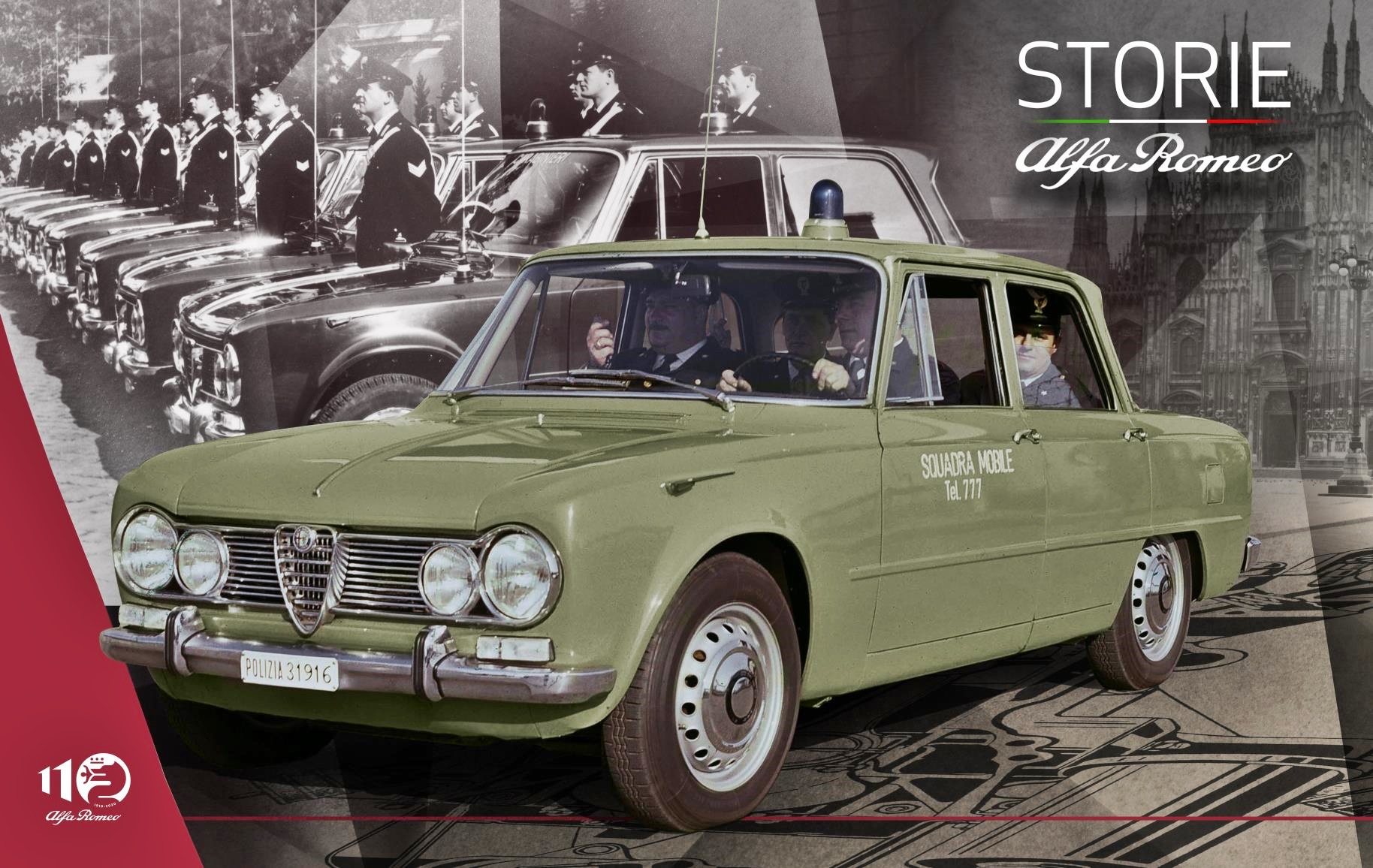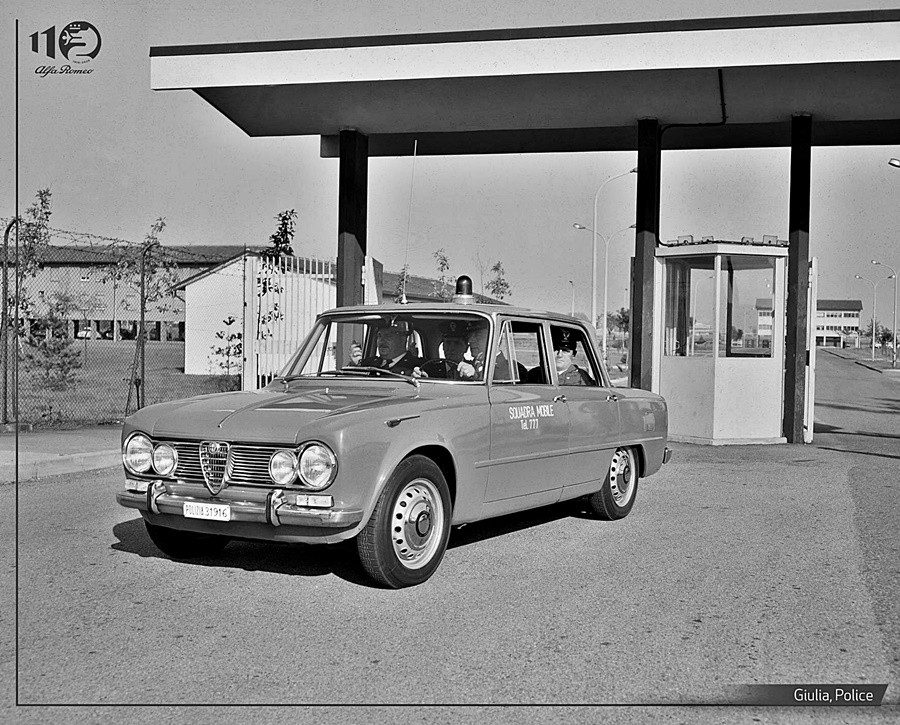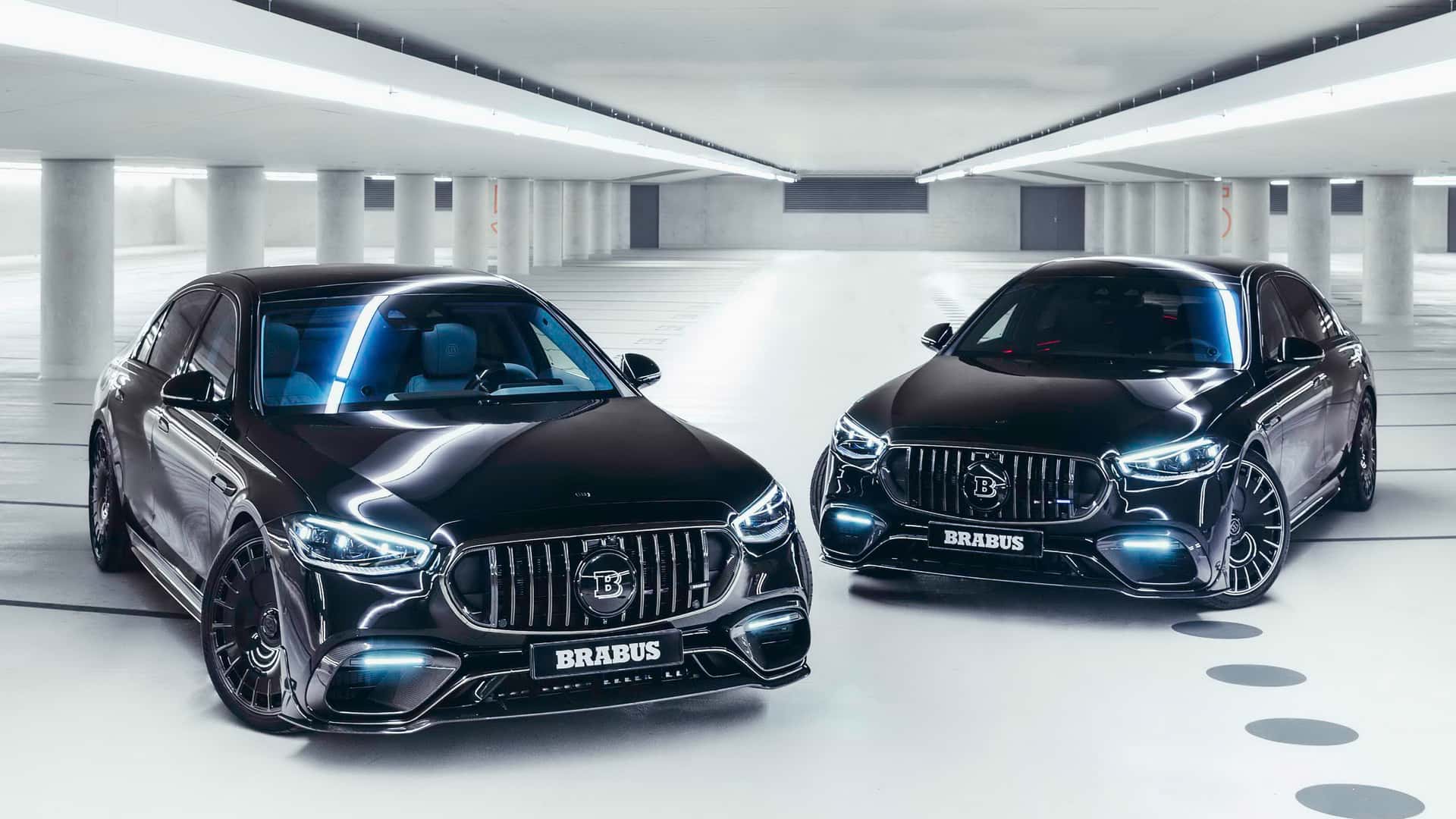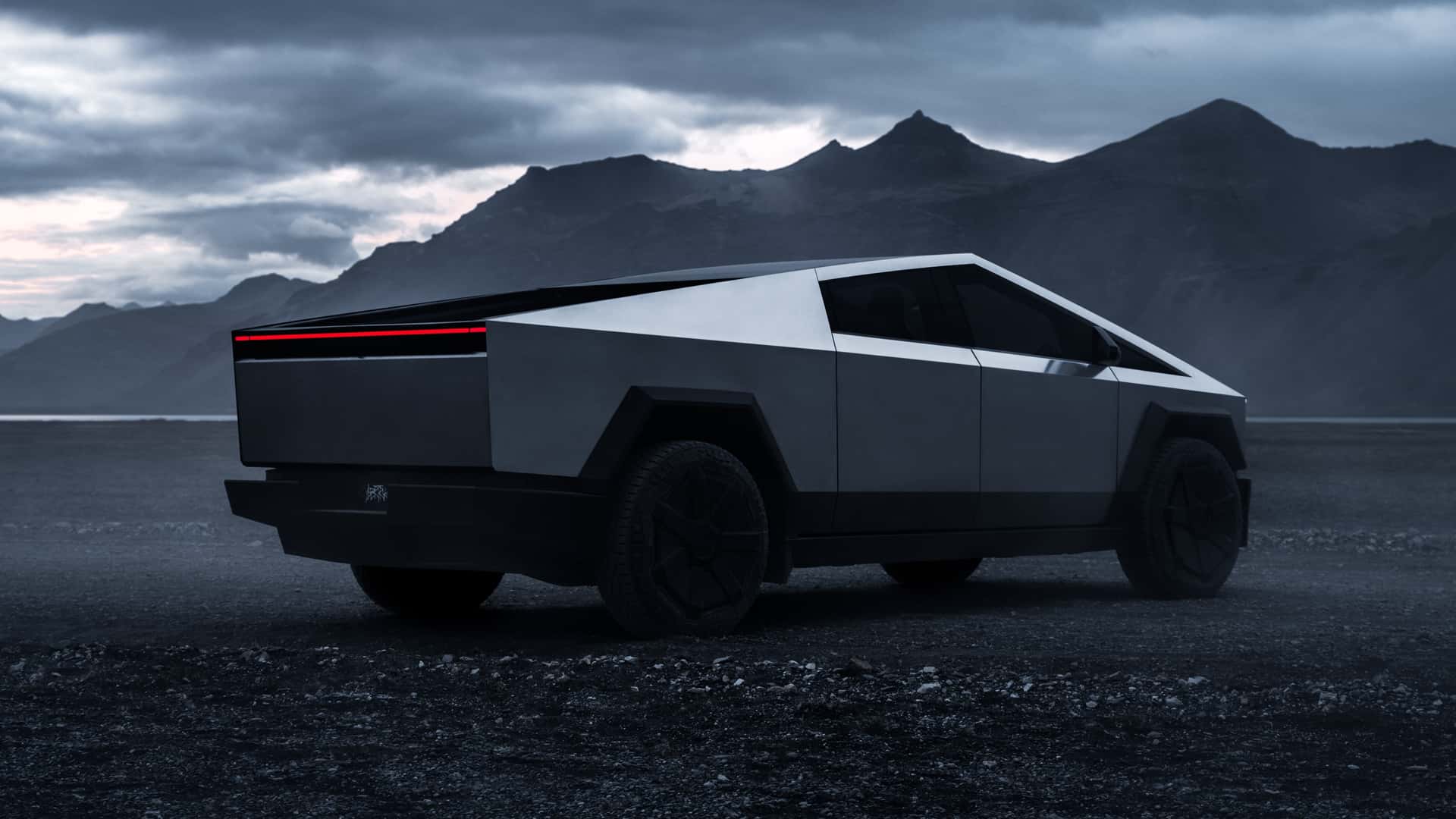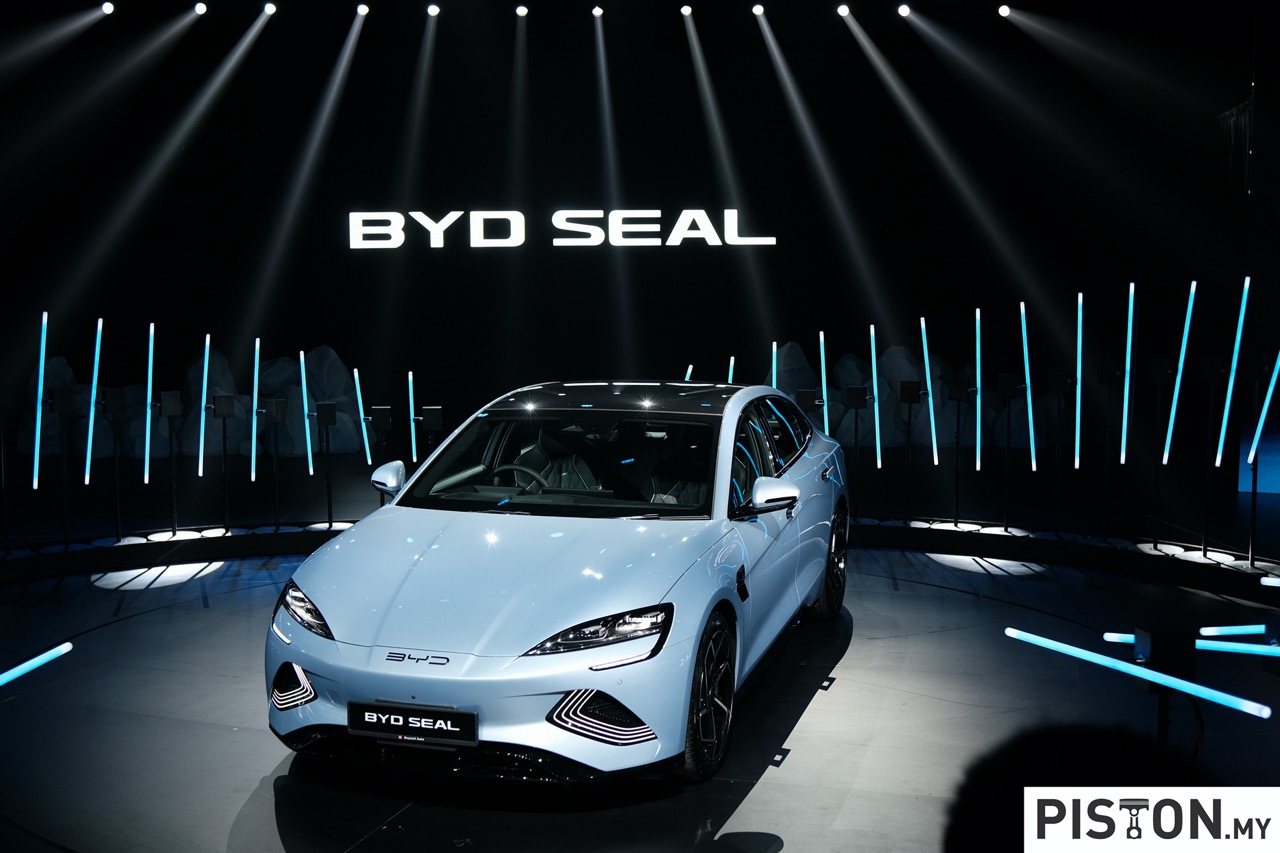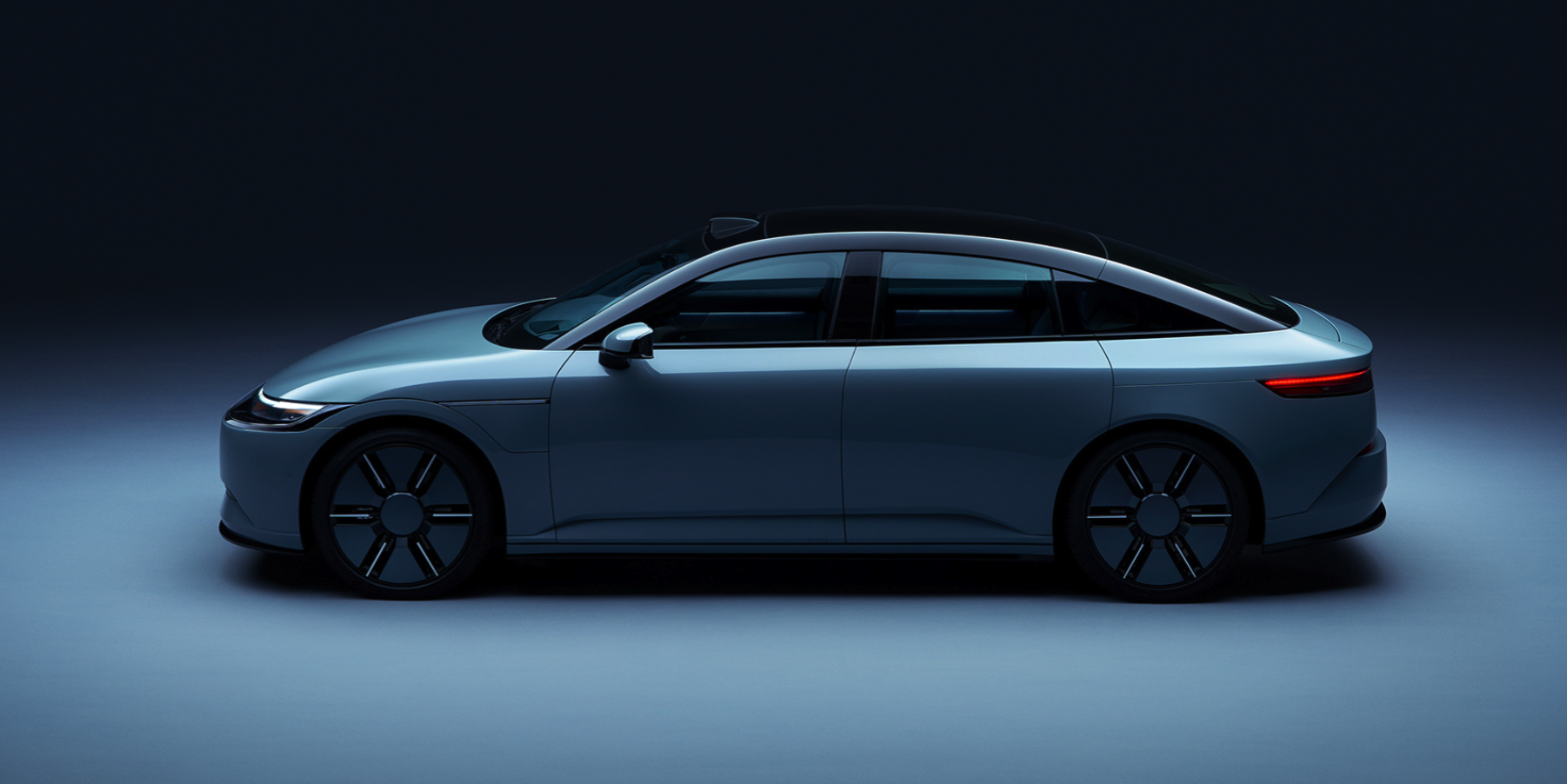In Italy after the Scond World War, Alfa Romeo cars were legendary. They were faster than any other car, both on the track and on the road. They were powerful and they always won, like good over evil. It’s not surprising then that the Italian police force chose to use their cars.
From the 1950s, Alfa Romeo cars were selected as the official emergency vehicles. They were known as ‘volanti’ and citizens soon got used to seeing them speeding around. The cars used by the police were nicknamed ‘Panthers’ and those of the Carabinieri (military police) were called ‘Gazelles’, metaphors that underlined their power and agility.
The very first Panther was an Alfa Romeo 1900, built in 1952 and the first Gazelle came into use a few years later. The most famous police car of all was the Giulia Super, but the police also used many other Alfa Romeo models, from the Matta to the Alfasud, Alfa 75, Alfetta, 156 and the current Giulia in use today.
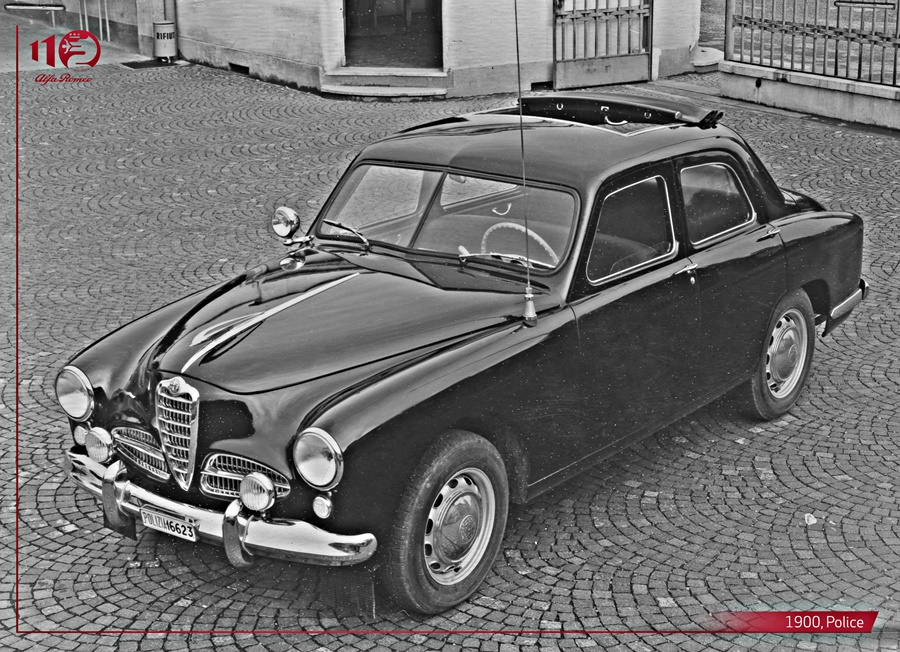
Alfa Romeo and Italian lifestyle
The history of the brand’s relationship with the Italian Police Force runs parallel with the story of how Alfa Romeo itself evolved over the years. “There are many automotive makes, among which Alfa Romeo stands apart. It is a kind of affliction, the enthusiasm for a means of transport. It’s a lifestyle, a special way of conceiving a motor vehicle,” declared Orazio Satta Puliga, a passionate fan of the brand.
Appointed director of design in 1946, Satta Puglia had a hard task ahead of him. Not only did he need to rebuild everything that had been destroyed by the war, but he also had to transform an artisan company into a modern manufacturing force.
When he started, Alfa Romeo was producing every single mechanical part at its Portello plant, in line with strict criteria of exquisite craftsmanship. He rationalised the process, outsourcing the production of the secondary parts and cutting costs. Meanwhile, he began thinking about creating the new ‘mass produced’ Alfa Romeo models, to be built using the most efficient technical and organisational methodologies around.
The first ‘Panther’
Satta Puliga’s 1900, which dates from 1950, was the first left-hand drive Alfa Romeo and the first to have a self-supporting body. He abandoned the traditional 6 and 8-cylinder engines for a new 4-cylinder version with aluminium cylinder head and two camshafts with chain control.
The engine was powered by a single carburetor, offering brilliant performances and a low taxable horsepower. The 1900 delivered 80 hp; it was agile and fast, but also very easy to drive. It was designed to target a bigger market with the launch slogan:’ The family car that wins races.’
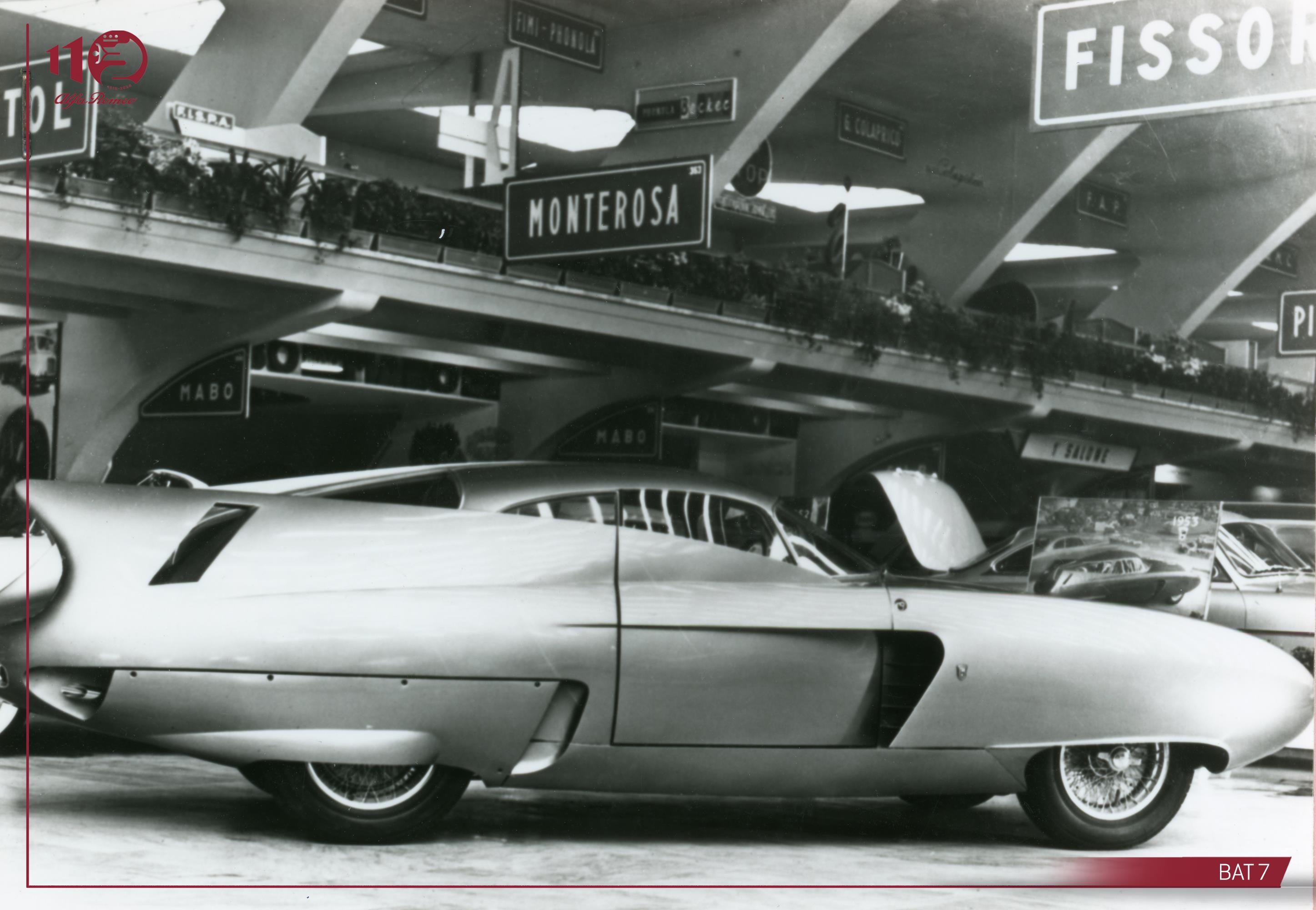
The 1900 was also the first Alfa Romeo to be produced on an assembly line. The total manufacturing time needed to produce one vehicle was reduced from 240 hours to just 100, a revolution. This new approach led to an unprecedented success in terms of sales. The 1900 alone sold more than the total Alfa Romeo production of other vehicles up until that time.
Alfa Romeo continued collaborating with its coachbuilders. The Berlinetta Aerodinamica Tecnica (BAT) concept car series was launched on 1900 mechanics, created by Bertone and designed by Franco Scaglione. The same engine as the one used in the 1900 was also adopted by the AR51. Better known as the ‘Matta’, it was a 4×4 launched to replace the post-war off-road vehicles of the Italian Armed Forces.
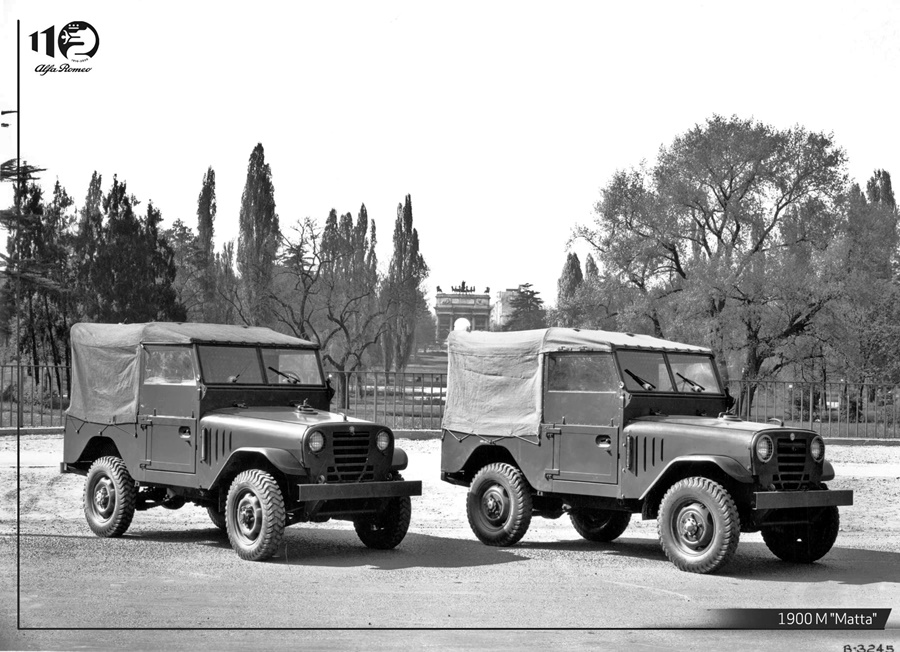
The Giulietta story
While with the 1900, Alfa Romeo had embarked on the track of series production, it was with the Giulietta that it truly became a large-scale automotive factory. The man in the driving seat of this transformation was Giuseppe Luraghi. Born in Milan, he also practiced the ‘noble art’ of boxing. He had a reputation as an incredible manager, with a long experience at Pirelli under his belt.
From 1951 to 1958, he was general manager of Finmeccanica, the holding company that controlled Alfa Romeo. After a short period spent at Lanerossi, he returned in 1960 as President of Alfa Romeo, a position he would hold until 1974.
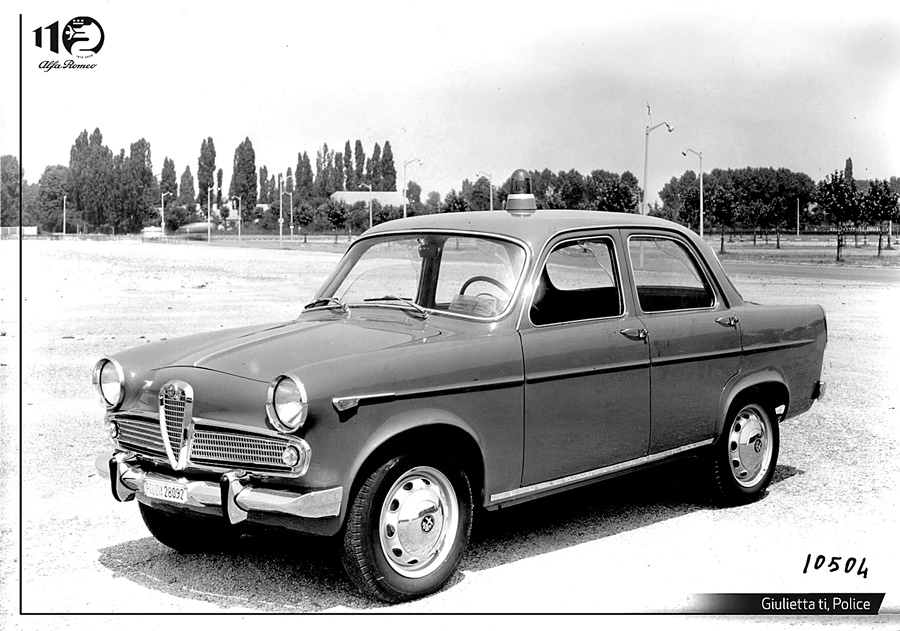
Upon his arrival at Alfa Romeo, Luraghi revolutionised how the production was structured, calling in designers Rudolf Hruska and Francesco Quaroni to reorganise the industrial processes. He realised that there was a huge opportunity as the brand had exceptional visibility, its sporting victories thrilled millions of people and fueled their dreams. It was time to translate this success into sales. The economic boom was just around the corner and the car was the most coveted possession. For Luraghi, owning an Alfa Romeo had to become the distinguishing mark of those who had truly made it in life.
From elite product to object of desire, the company now pointed all its design and industrial resources in this new direction. The Giulia was the product of this turning point in the history of Alfa Romeo, a car designed to boost sales but at the same time confirm the brand’s technical tradition and sporting vocation.
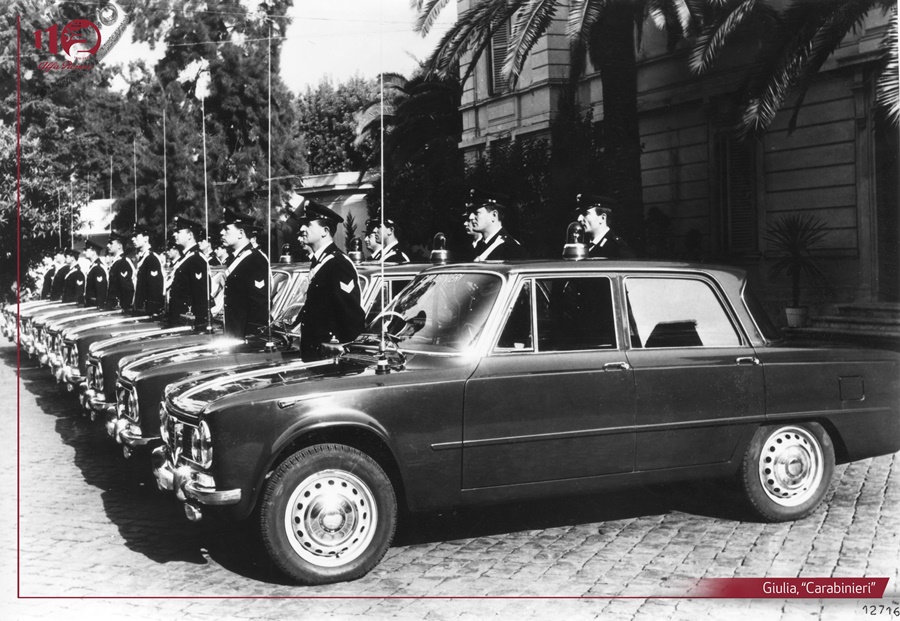
The first Gazelle
The Giulietta was the first ‘Gazelle’ and is associated with the link between Alfa Romeo and the police forces. The first Gazelle of the Carabinieri was none other than a Giulietta, destined for the patrol service. In fact, it took up service already equipped with a radio system for communicating with the police headquarters. In the language of the Italian army, the Gazelle represented the patrol vehicle driver: fast, agile and tough. Its engine (entirely of aluminium) delivered 65 hp, able to take the car up to a maximum speed of 165 km/h.
At the 1954 Turin Motorshow in 1954, the Giulietta made its debut in coupe form. The Giulietta Sprint, designed by Bertone, was a low-lying, compact, agile car that became an ‘instant classic’. It is worth noting that the sporty version was modeled on the standard one, an unconventional and typically Alfa Romeo choice that was proposed again a few years ago by Giulia Quadrifoglio.
Giulia, the revolution
Only another revolutionary car could knock the Giulietta off the top spot. Satta Puliga knew this only too well and with his team set to work on developing a new model. The Giulia was one of the first cars in the world with a differently-shaped supporting structure. The front and rear sections were designed to be shock-absorbent (to be called ‘crumple zones’ later on) and the passenger compartment was extremely rigid, to protect its occupants, solutions that would only become compulsory much later.
The 1.6-litre twin cam engine of Giulia was an evolution of the 1.3-litre 4-cylinder one, and it stood out for its sodium-cooled exhaust valves. The design of Giulia was also revolutionary, with its low front and truncated rear inspired by aerodynamics, inspiring the launch slogan ‘Designed by the wind’. Development work carried out in the wind tunnel reduced the drag coefficient of the car to 0.34 Cd, which was impressive for that era.
The Giulia went on to feature in ‘poliziotteschi’ films made during that period – which later became cult films. In these movies where ‘cops and robbers’ clash, the Alfa Romeo often starred as both the police car and the getaway vehicle.
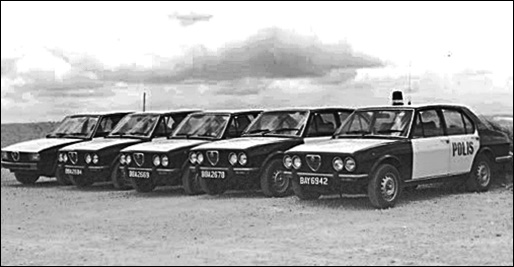
Incidentally, in Malaysia too, Alfa Romeos were used by the police force which was the first to use the Alfetta 2000 sedan (assembled in Malaysia) outside Italy. There was also a fleet of Giulias used as patrol vehicles up till the late 1970s. The cars were supplied by City Motors, then the importer and distributor for Alfa Romeo.


